Ford’s engineers earned their paychecks when they designed the 2.3L EcoBoost engine.
Making more than 300 horsepower, it’s no surprise that the mighty 4-cylinder replaced the venerable 3.7L V6 as the Ford Mustang’s base engine. Throw in 25 miles-per-gallon highway fuel economy and a price point thousands below the GT trim, and you’ve got a potent, yet practical pony car.
A Brief Overview of Ford EcoBoost Engines
Introduced for the 2011 model year, the EcoBoost family of engines comes in a variety of four- and six-cylinder sizes (and even three-cylinder) and is available on everything from the compact Focus to the workhorse F-150. Popular sizes include the 3.5L V6, 2.7L V6, and 1.6L I4.
The 2.3L EcoBoost makes 310 horsepower and 320 ft.-lbs. of torque, and incorporates the same two baseline characteristics as the rest of the EcoBoost engine family: turbocharging and direct injection.
The combination of turbocharging and direct injection results in more airflow and pinpoint fuel delivery. Using the greater air volume from the turbocharger and increased fuel efficiency from direct injection, the EcoBoost engine creates power on par with larger, naturally aspirated engines while achieving much better fuel economy.
[Don’t have a 2.3L? Read EcoBoost 101: A Quick Guide to Upgrading Your Ford EcoBoost Engine.]
If you are the proud owner of a 2.3L EcoBoost Mustang, there are ways to make the turbocharged 4-cylinder even better.
We’ve compiled a list of some of the most common power-adders to make your right foot a little happier.
2.3L EcoBoost Mustang Upgrades: A Buyer’s Guide
Exhaust Systems for 2.3L EcoBoost Mustang
Upgrading your 2.3L EcoBoost usually starts at the tailpipes. Since its introduction in the 2015 Mustang, companies like Flowmaster, MagnaFlow, Borla, MBRP, and Roush have begun making cat-back and axle-back exhaust systems for the turbo-four. In most situations, these systems are a simple bolt-off, bolt-on affair using the same mounting points and routing the factory did. These kits will squeeze a few extra ponies out of the motor, and give your Mustang a bit more bark for its bite.
Cat-back systems
- MagnaFlow Street Series Performance Exhaust Systems
- Borla ATAK Cat-Back Systems
- Flowmaster Stainless Steel American Thunder Exhaust Systems
Axle-back systems
…
Air Intake Kits for 2.3L EcoBoost Mustang
Based on the proven formula of more air = more power, a cold air intake kit is an efficient way to unlock performance. The colder, denser air improves fuel atomization in the cylinder, which results in better combustion—ultimately making more power. Mishimoto, Airaid, aFe Power, and K&N all make air intake systems for the gen-six Mustang 4-cylinder. Here are some of the most-popular options:
- Steeda Ford Mustang ProFlow Cold Air Intake Kits
- aFe Momentum GT Pro 5R Air Intake Systems
- K&N 63 Series Aircharger High Performance Air Intakes
- Airaid SynthaMax MXP Series Cold Air Intake Systems
…
Computer Programmers for 2.3L EcoBoost Mustang
There’s a lot of math going on under the hood of your Mustang, and a new ECU tune can make it work more in your favor. SCT Performance, DiabloSport, Hypertech, and Bully Dog all make programmers for the 2.3L EcoBoost. A quality programmer can alter fuel maps, shift points, modify rev limits, and other parameters all with the goal of increased driving performance.
CARB-approved programmers
Other popular options
…
Intercoolers for 2.3L EcoBoost Mustang
The EcoBoost makes a lot of power in a small 2.3L package thanks in large part to the magic of turbocharging. That means another world of upgrades is open to you. Most turbo folks will start with upgrading the intercooler. As a turbocharger spins, it compresses the intake air, which is good because it feeds more air into the engine’s combustion chamber. Unfortunately, the compressed air also heats up during that process. An intercooler cools down the compressed air to deliver improved combustion, and an intercooler from Mishimoto, Wagner Tuning, or Vortech will do that job better.
- Wagner Tuning EVO Competition Intercoolers
- Mishimoto Intercoolers
- Vortech Charge Cooler Upgrade Kits
Despite it’s position as the “base” engine in the Mustang lineup, there’s nothing base about the 2.3L EcoBoost. Add a few bolt-ons, and it will rival most any V8 performance car from the 1990s and 2000s.
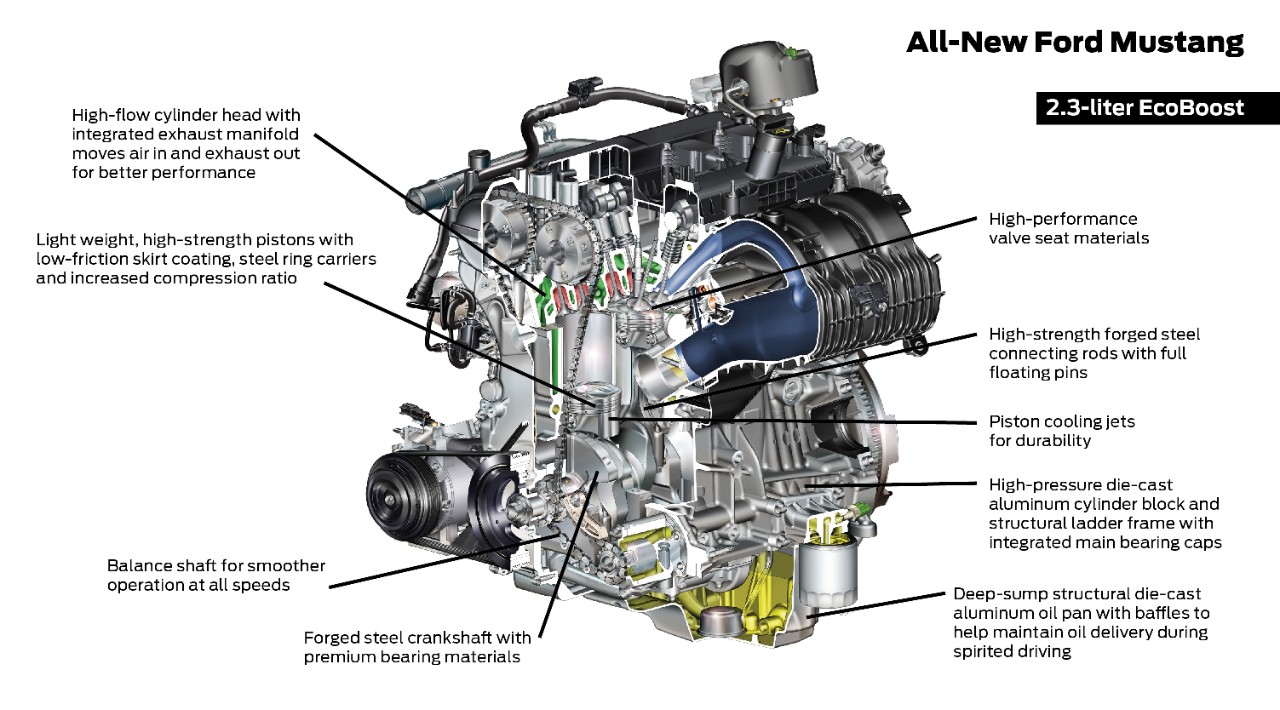
(Image/Ford Motor Co.)


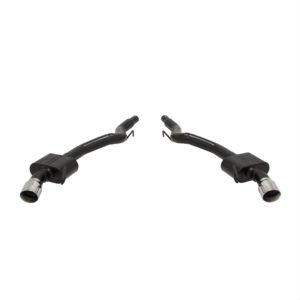
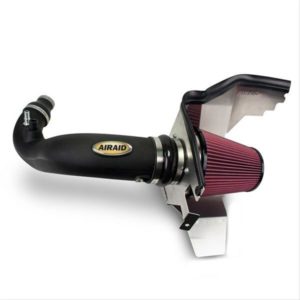
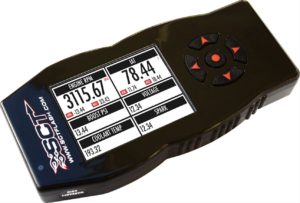
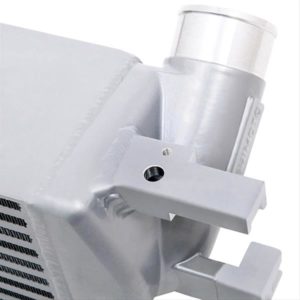
I have a 2016 Ford Mustang convertible it is an eco boost, I want it to have more power and just feel quicker. I also want to upgrade the body and interior now where would you think I can look for these upgrades…
American Muscle, CJ pony parts, LMR, and just do a Google search.
Upgrade exhaust, air intake, get rid of catalytic converter, big downpipe and have the turbo boosted
don’t forget a quality tune to go with the above mods, you can also get the turbosmart 10PSI wastegate actuator. I am tuned by Livernois motorsports and put down 350 wheel hp and 407 wheel TQ with I found out later a blown headgasket.
All you need is a 12psi Wastegate which is actually Focus RS part! It will default to 25psi and if your exhaust is free flowing you will have 450whp @ 25psi on 91 octane! They also make a 14psi Wastegate which will default to 30psi! Make sure you keep the factory electronic Bypass valve which the ECU regulates to keep the engine safe from over boosting!
This sounds a little bit of fun do you have a video of this it sounds really interesting.